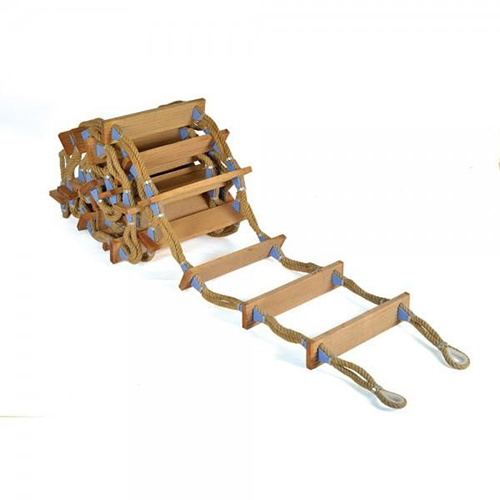Description
Key Features of Safety Harnesses:
- Strap Configuration: Safety harnesses are made up of straps that go around the wearer’s shoulders, chest, waist, and legs to distribute the impact forces in the event of a fall.
- Attachment Points: Safety harnesses have attachment points, typically located on the back and front of the harness, to connect lanyards, lifelines, or other fall protection equipment.
- Buckles and Fasteners: Harnesses are equipped with buckles, quick-connectors, or other fasteners that allow for easy donning and doffing.
- Adjustability: Safety harnesses are designed to be adjustable to ensure a secure and comfortable fit for different body sizes.
- Fall Arrest System: When properly worn and connected to an anchor point, a safety harness forms part of a fall arrest system that can prevent falls and reduce the impact forces experienced during a fall.
- D-Rings: D-shaped rings are attached to the harness to serve as connection points for lanyards, lifelines, and other fall protection equipment.
Types of Safety Harnesses:
- Full-Body Harness: The most common type of safety harness, full-body harnesses distribute impact forces across the chest, shoulders, waist, and legs in the event of a fall.
- Work Positioning Harness: This type of harness is equipped with additional attachment points and features to allow the wearer to maintain specific working positions while suspended.
- Climbing Harness: Climbing harnesses are designed for use in climbing activities and are often lightweight and comfortable for extended wear.
- Rescue Harness: Rescue harnesses are designed to facilitate rescues by allowing easy attachment of ropes and hardware for lifting and lowering.
Applications:
- Safety harnesses are used in various industries where there is a risk of falls from heights or elevated workspaces.
- They are commonly used in construction, roofing, window cleaning, tower climbing, and maintenance tasks.
Maintenance:
- Regularly inspect the safety harness for signs of wear, damage, or degradation.
- Clean the harness according to manufacturer guidelines to maintain integrity and comfort.
- Follow proper storage procedures to prevent damage.
Safety harnesses are a critical component of fall protection systems and are essential for ensuring the safety of workers who perform tasks at heights. Proper training, selection, and use of safety harnesses contribute to reducing the risk of falls and enhancing the safety of individuals working in elevated environments.









